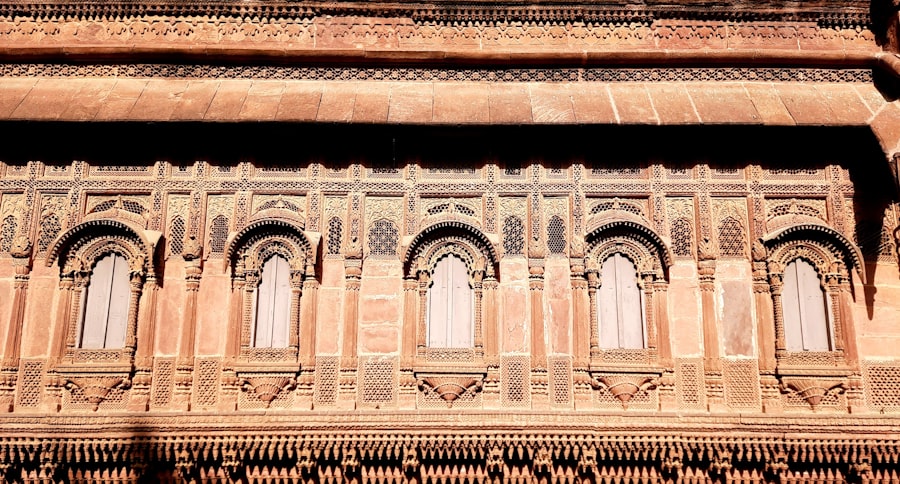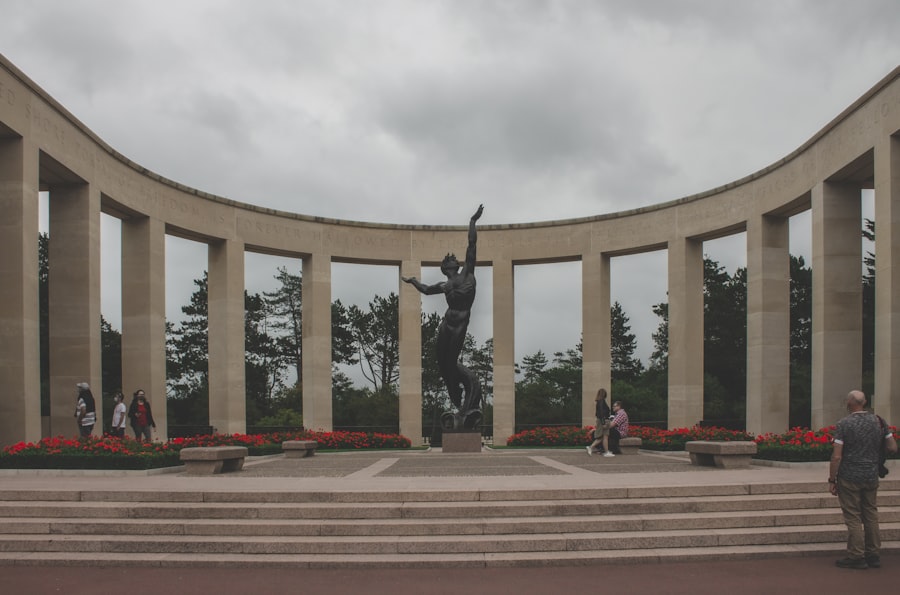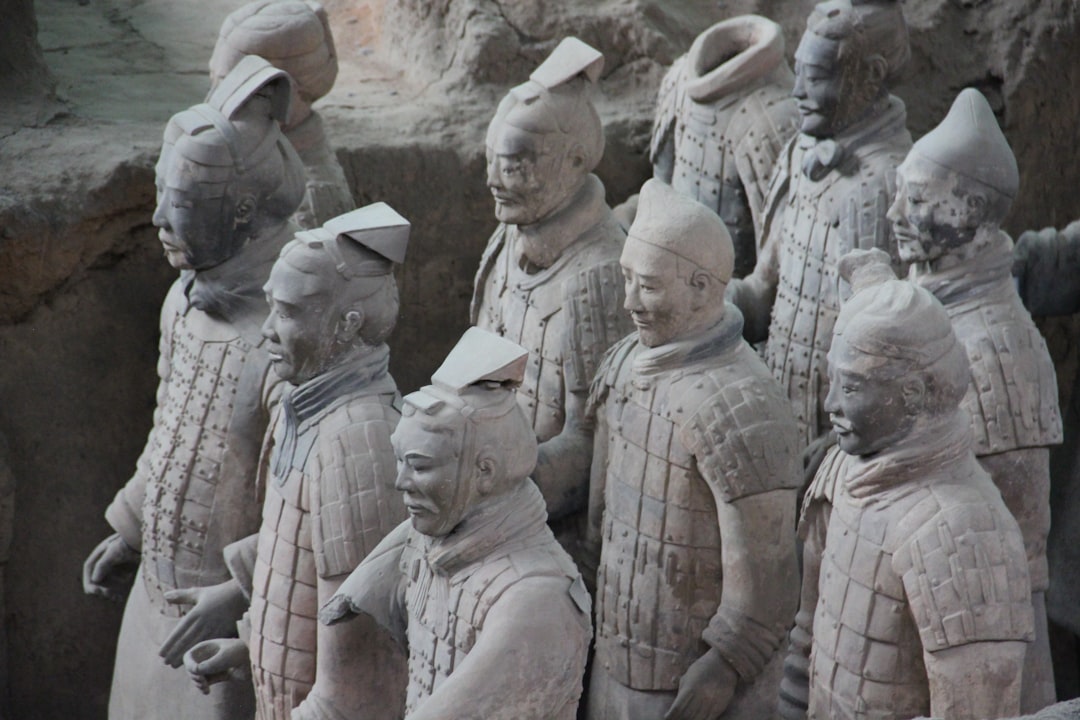The decline of the Gupta Empire in the 6th century CE marked a significant turning point in Indian history, paving the way for the emergence of regional powers, among which the Rajputs became prominent. The fragmentation of authority that followed the Gupta period allowed various clans and tribes to assert their independence, leading to the rise of the Rajput warrior class. This period saw the establishment of numerous Rajput kingdoms across northern and western India, characterized by their martial ethos and a strong sense of honor.
The Rajputs, primarily of Kshatriya lineage, began to consolidate power in regions such as Rajasthan, Gujarat, and parts of Madhya Pradesh, often engaging in fierce battles against each other as well as against external invaders.
Rajput clans, such as the Sisodias of Mewar, the Rathores of Marwar, and the Chouhans of Ajmer, emerged as formidable forces.
They not only defended their territories against foreign incursions but also engaged in alliances through marriage and diplomacy. The rise of these clans was facilitated by their ability to adapt to changing circumstances, including the influx of new military technologies and tactics. The Rajputs’ reputation as fierce warriors was further solidified through their participation in various conflicts, including those against the invading forces of the Turks and later the Mughals.
Key Takeaways
- The Rajputs rose to power after the decline of the Gupta Empire, establishing themselves as a prominent ruling class in Northern India.
- Rajput culture and society in the post-Gupta era was characterized by a strong emphasis on honor, bravery, and chivalry, as well as a deep commitment to their traditions and customs.
- The Rajputs wielded significant military and political influence in Northern India, often engaging in conflicts with other regional powers and foreign invaders.
- Rajput architecture and art had a lasting impact on Indian history, with their distinctive forts, palaces, and temples contributing to the rich cultural heritage of the region.
- The legacy of the Rajputs continues to influence modern India, with their traditions, customs, and stories remaining an integral part of the country’s cultural identity.
Rajput Culture and Society in the Post-Gupta Era
Rajput culture in the post-Gupta era was a rich tapestry woven from various influences, including indigenous traditions and those brought by invaders. The Rajputs developed a distinct identity characterized by their code of honor known as “Rajputana,” which emphasized bravery, loyalty, and chivalry. This code not only governed their conduct in battle but also dictated social interactions and relationships within their communities.
The concept of “Jauhar,” a practice where women would self-immolate to protect their honor from invaders, became emblematic of Rajput valor and sacrifice. Such practices, while controversial, underscored the deep-seated values of honor and pride that permeated Rajput society. The social structure among the Rajputs was hierarchical yet complex.
While they were predominantly warriors, they also engaged in agriculture and trade, contributing to local economies. The Rajput clans maintained a strong sense of kinship and loyalty, often organizing themselves into councils or assemblies known as “panchayats” to resolve disputes and make collective decisions. The role of women in Rajput society was multifaceted; they were not only custodians of family honor but also played crucial roles in managing estates and participating in political affairs.
The patronage of arts and literature flourished during this period, with Rajput kings commissioning poets and artists to create works that celebrated their lineage and valor.
Rajput Military and Political Influence in Northern India

The military prowess of the Rajputs was a defining feature of their influence in northern India. Their armies were composed of skilled cavalrymen and infantry, often equipped with advanced weaponry for their time. The Rajputs were known for their cavalry charges and guerilla tactics, which allowed them to effectively defend their territories against larger forces.
Their military strategies were not only about brute strength; they also employed intelligence and espionage to outmaneuver opponents. This adaptability made them formidable adversaries against both local rivals and foreign invaders. Politically, the Rajputs established a network of alliances that allowed them to maintain autonomy while navigating the complex landscape of Indian politics.
They often formed confederacies to counteract common threats, such as the invasions by Mahmud of Ghazni or later the expansionist policies of the Mughal Empire under Akbar. The Rajputs’ political acumen was evident in their ability to negotiate treaties and marriages that secured peace or strategic advantages. For instance, the alliance between Akbar and Raja Man Singh of Amber exemplified how Rajputs could integrate into larger imperial frameworks while retaining a degree of autonomy.
This duality allowed them to influence the political dynamics of northern India significantly.
The Impact of Rajput Architecture and Art on Indian History
Rajput architecture is a testament to the artistic achievements of this warrior class, reflecting both their martial heritage and cultural sophistication. The construction of forts and palaces during this period showcased not only military ingenuity but also aesthetic sensibilities. Forts like Chittorgarh, Kumbhalgarh, and Mehrangarh stand as monumental examples of Rajput architecture, characterized by intricate carvings, expansive courtyards, and formidable walls designed for defense.
In addition to fortifications, Rajput patronage extended to temples and palatial complexes that illustrated their devotion to various deities and their commitment to cultural pursuits. The fusion of Hindu architectural styles with Islamic influences during this period resulted in unique designs that enriched India’s architectural heritage.
The frescoes and murals found within these structures often depicted scenes from mythology, battles, and courtly life, providing insight into the values and beliefs of Rajput society. This artistic legacy not only contributed to regional identity but also influenced subsequent generations of artists across India.
The Legacy of the Rajputs in Modern India
The legacy of the Rajputs continues to resonate in modern India, where their historical narratives are celebrated as symbols of valor and resilience. In contemporary times, many descendants of Rajput clans maintain their cultural heritage through festivals, traditional attire, and rituals that honor their ancestors’ contributions to Indian history. The romanticized image of the Rajput warrior has been popularized in literature, cinema, and folklore, often portraying them as noble figures who stood against tyranny and oppression.
Moreover, the Rajputs have played a significant role in shaping regional politics in modern India. Many former princely states governed by Rajput rulers have transitioned into political entities within contemporary Indian governance structures. Leaders from these backgrounds often draw upon their historical legacy to garner support among constituents who value tradition and heritage.
Additionally, organizations such as the All India Rajput Karni Sena advocate for the rights and recognition of Rajputs within the broader socio-political landscape, ensuring that their historical significance is acknowledged in modern discourse.
The Role of Rajputs in Shaping Indian History and Identity

The role of the Rajputs in shaping Indian history is multifaceted, encompassing military resistance against invasions, contributions to cultural development, and participation in political frameworks that defined regional dynamics. Their fierce resistance against foreign powers during critical periods helped preserve regional identities at a time when larger empires sought to impose centralized control over diverse populations. This resistance fostered a sense of pride among local communities that identified with the valorous narratives associated with Rajput warriors.
Furthermore, the cultural contributions of the Rajputs have left an indelible mark on Indian identity. Their patronage of arts, literature, music, and dance enriched India’s cultural landscape, creating a synthesis that reflects both indigenous traditions and external influences. The stories of heroism associated with figures like Maharana Pratap or Prithviraj Chauhan have become integral to India’s collective memory, inspiring generations to uphold values such as bravery and honor.
In this way, the legacy of the Rajputs transcends mere historical accounts; it continues to shape contemporary notions of identity within India’s diverse society.
If you are interested in learning more about the historical and cultural significance of the Rajputs and the Post-Gupta Legacy, you may also enjoy reading an article on “Understanding Logical Appraisal: Inconsistency and Reasoning” available at this link. This article delves into the importance of logical reasoning and how it plays a crucial role in various aspects of decision-making and problem-solving. By exploring the concepts of inconsistency and reasoning, readers can gain a deeper understanding of how these principles have shaped societies and civilizations throughout history.
FAQs
What is the significance of the Rajputs in Indian history?
The Rajputs were a prominent warrior caste in India, known for their valor and chivalry. They played a significant role in shaping the political and cultural landscape of India, particularly in the medieval period.
What was the Post-Gupta Legacy?
The Post-Gupta Legacy refers to the period following the decline of the Gupta Empire, during which various regional powers emerged and vied for control. This era saw the rise of the Rajputs and the development of distinct regional cultures and kingdoms.
How did the Rajputs contribute to the Post-Gupta Legacy?
The Rajputs established numerous kingdoms and played a crucial role in resisting foreign invasions, particularly from Central Asian powers. They also patronized the arts, literature, and architecture, leaving a lasting impact on Indian culture.
What were some of the notable Rajput kingdoms during the Post-Gupta period?
Some of the prominent Rajput kingdoms that emerged during the Post-Gupta period include the Chauhans of Ajmer, the Rathores of Marwar, the Kachwahas of Amber (Jaipur), and the Sisodias of Mewar (Udaipur).
How did the Post-Gupta Legacy influence Indian society and culture?
The Post-Gupta Legacy led to the decentralization of political power, the emergence of regional identities, and the flourishing of regional art and architecture. It also contributed to the diversity and richness of Indian culture.






















+ There are no comments
Add yours